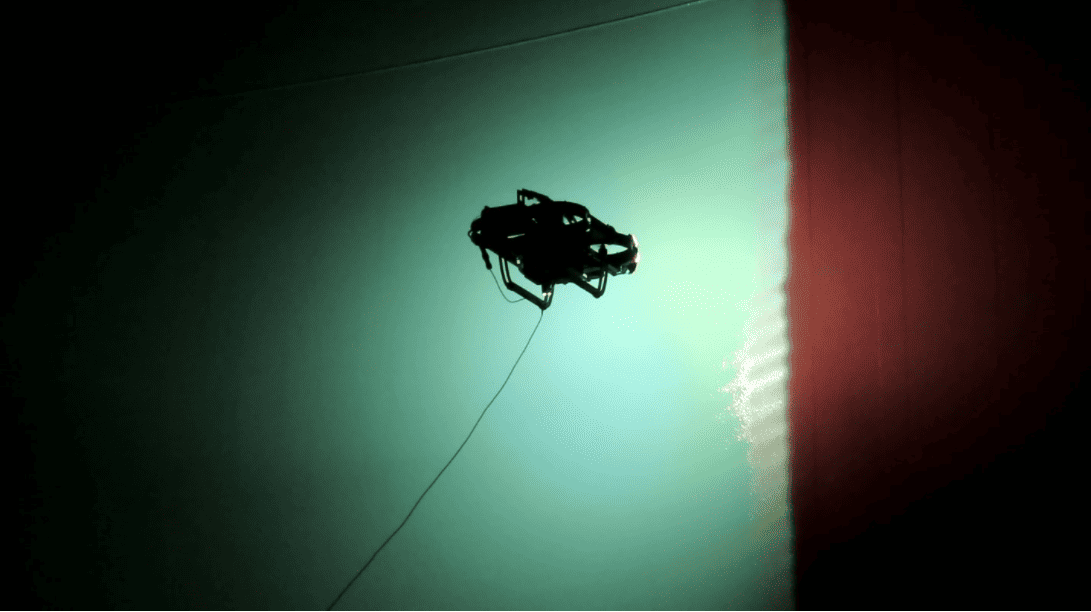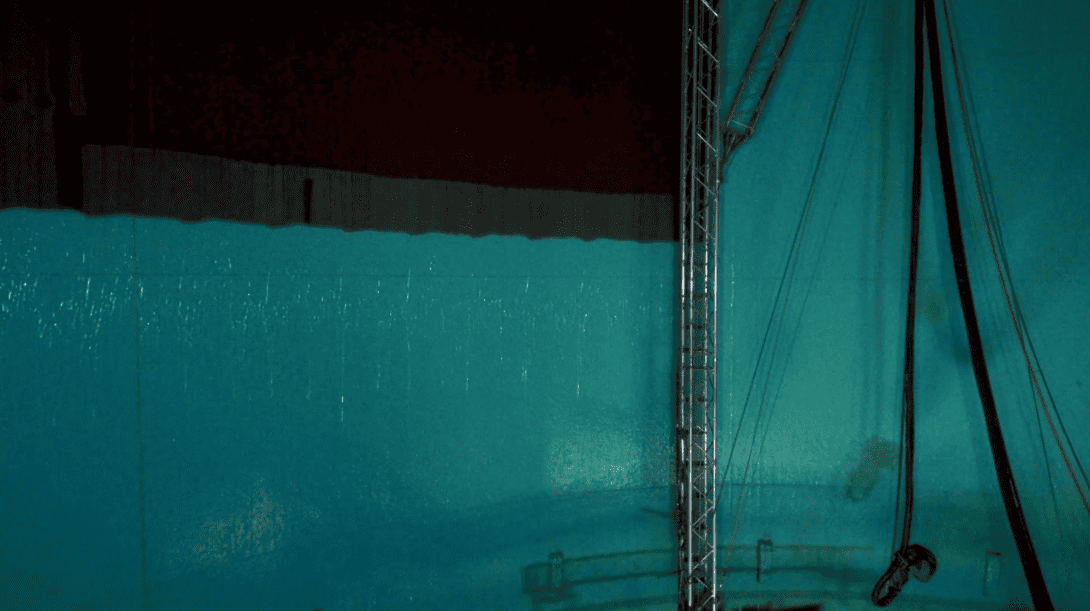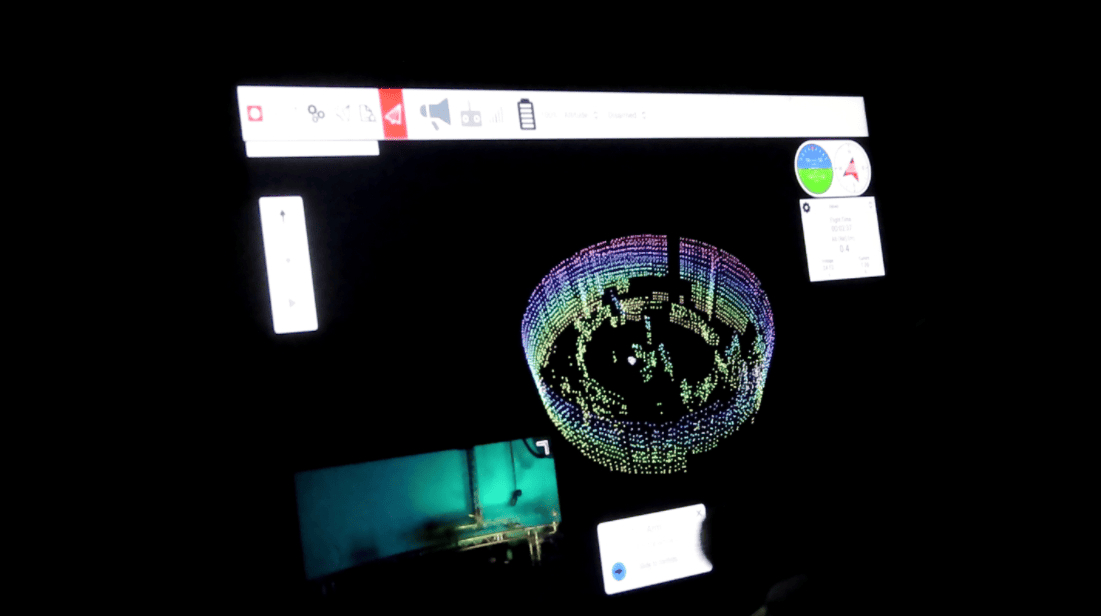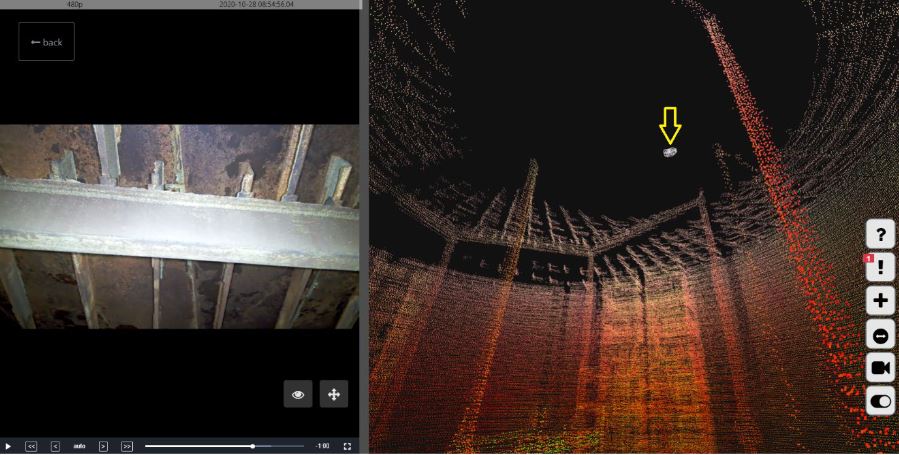Case Study
Storage tank inspection for Equinor at Mongstad refinery
Summary
A live drone inspection of a large bulk liquid storage tank was performed in front of an on-site audience at Equinor’s facilities in Mongstad, Norway.
The inspection was live-streamed to remote stakeholders who watched the inspection in the Scout Portal and guided the on-site inspection crew. Concluding the project, a Scout 137 Drone System was delivered to Equinor.
Time Savings
Reduced asset down-time through flexible inspection regimes
Cost savings
Reduced cost by avoiding scaffolding, climbers and rescue teams
Safety
Improved safety by reducing need to enter hazardous areas
Quality
Improved data quality and situational awareness in data capture
Introduction
Equinor ASA is a Norwegian state-owned multinational energy company headquartered in Stavanger, Norway. It is primarily a petroleum company, operating in 36 countries with additional investments in renewable energy.
Mongstad is an industrial site in Vestland county, Norway. Equinor’s involvement in Mongstad now includes an oil refinery, an NGL processing plant, a crude oil terminal, a cogeneration plant and the world’s largest technology centre for CO2 capture from flue gas.

Mongstad refinery site
On-site at Mongstad
The scope of the Mongstad mission was to deploy the Scout 137 drone system and perform an inspection inside a cylindrical tank. Further, an inspection would be performed to demonstrate the current capabilities of the drone system itself, as well as the remote inspection capabilities enabled via the Scout Portal.
Three flights were conducted with full line-of-sight, i.e. the drone operator and other bystanders were present inside the tank. This was a newly built tank and equipment was present that is not expected during a typical inspection: Scaffolding, ropes hanging across the open area, and a painting robot set up for testing. There was also a temporary, raised platform of scaffolding in the middle, where the drone started and ended each flight.

Scout 137 inspecting paint quality, picture from Equinor.
Drone inspection in a new structure before it is put to real use can be very useful to check beams, bolting and other things. The Scout 137 Drone also performed a quick inspection of the paint quality from the installed paint robot.
While the drone was flown manually in this case, it has slide-along-wall functionality that keeps a fixed distance to the wall. This is very useful when inspecting large surfaces that have a slight curvature; without this wall-following function the operator would have to perform a slight rotation continually while also sliding sideways. A difficult task, which would also produce much more uneven and variable video data than what is the case now.

Screenshot from Scout 137 Drone inspection footage, Mongstad.
When operating from inside the tank, the metal structure can disrupt wireless radio signals. Therefore, an Ethernet cable was plugged in to connect the drone controller to the ground station, which in turn connected to the Scout 137 Drone via the tether.
This eliminated the risk of control signal loss during the inspection flights. In addition, having the ground station outside the tank, allowed it to maintain an internet connection for live-streaming the inspection to the Scout Portal.
For the inspection, the ground station was connected to the internet via the built-in 4G modem. Alternatively, an Ethernet connection can be used for connection to the Scout Portal through local internet ports or a Wi-Fi router. More about the Scout Portal, below.
Overall, the Mongstad missions were a success. The on-site Equinor team supported the operation and all local requirements were taken care of. The drone was easily deployed to perform the flights necessary to gather data with a minimum of on-site preparation.

Screenshot from Scout 137 Drone inspection footage, Mongstad.
Location-tagged inspection data and situational awareness
A key advantage of the Scout 137 Drone System is that the inspection data is location-tagged. Algorithms for simultaneous localization and mapping based on data from the onboard 3D LiDAR is used to create a 3D map in the form of a point cloud of the asset. In addition, the position and attitude of the drone is estimated at every point in time. This means that, at any time, you are able to see where the drone is and where it’s headed; live while flying or in post while reviewing the inspection data.
The LiDAR-based 3D map is displayed on the drone operator’s information tablet. Using this, they can see the camera feed as well as the 3D map to understand where the drone is located and headed inside the inspection target. The map can be zoomed, panned, and rotated freely.
This is of tremendous help, especially of course in a non-entry situation where the operator has no line-of-sight to the drone from where she’s standing.

The picture below shows what the inspection data looks like when it is uploaded to the Scout Portal and opened in the session view. It displays a split screen view, where the video is shown along with a 3D point cloud of the asset and a 3D model of the drone (below the yellow arrow) that indicates where the drone was located at that specific point of time.

Screenshot from Scout Portal: Session view of Mongstad flight. Drone model marked with yellow arrow.
The 3D map can be panned, zoomed, and rotated to get an overview of the asset interior and see the drone’s position and orientation inside. Just like on the drone operator’s tablet screen.
Key advantages of the Scout Portal’s session view:
- To allow remote participation via live-streaming of inspection data from the site
- To allow immediate replays for further scrutiny of the inspection data and add more information to the findings
- To enable Scout Portal users to make better decisions, sooner.
Live from Mongstad
We already mentioned placing the ground station outside the tank in order to establish an internet connection. So of course, we live-streamed the entire inspection flight to the Scout Portal.
In addition to the crew and audience on-site in the tank at Mongstad, more than 60 people attended a Microsoft Teams meeting where the inspection was streamed live via the Scout Portal. In fact, the drone operator was flying live at Mongstad under remote instructions from the Equinor sites at Kårstø and Trondheim, which are 218 and 649 km’s away from Mongstad, respectively.
Watching the inspection feed on the Scout Portal, the entire remote audience could see, with less than 1 second delay, what was happening at Mongstad, hundreds of kilometers away. This was a truly powerful demonstration of how an entire cross-functional team of stakeholders and experts in various domains can collaborate on the same inspection live. Construction engineers, corrosion scientists, coating specialists and others can join forces to make sure they get what they need from the time on-site. The drone operator and the inspection crew are allowed more focus on their own safety and the integrity of their equipment.
End-to-end data chain from acquisition to integration
The live data can be used to support integrated operations where remote experts can contribute to an inspection activity, ensuring that a sufficient data set is collected.
The Scout Portal is also designed with an API to allow integration with other IT systems e.g. digital twins or other asset management systems. Or as in this case, Equinor’s Omnia system. The user can access data through the Scout Portal front-end or pull data from the API and use it their own IT systems.
This way, the Scout 137 Drone System becomes an end-to-end data solution that integrates well with the customer’s current ecosystem or third-party certification systems e.g. with systems like VERACITY, DNV’s platform to facilitate promotion of data processing, control and analysis services in a trusted network.
This allows smoother adoption of drone inspections than what is the current norm. It will be key to the digitalization of industrial inspections and predictive maintenance.
Conclusion
ScoutDI are proud and honored to be working with such heavyweight partners as Equinor. And we were very happy to perform such a successful inspection on a state-of-the-art, renowned giant site like Mongstad.
Live-streaming the inspection to the Scout Portal and 60 remote participants was a powerful conclusion to this mission before handing over the Scout 137 Drone System to its new owner.
Would you like to know more about the Scout 137 Drone System?
Are you looking for drone-based inspection technology for confined industrial spaces? Submit the form below to get in touch with us and we'll help you look at your options 👍
Learn More
Scout 137 Drone →
The Scout 137 Drone System has been specifically designed to give you control, coverage, and situational awareness for your confined space inspection activities.
Scout Portal →
The Scout Portal is our powerful cloud-based tool for inspection data management, review, analysis and reporting.